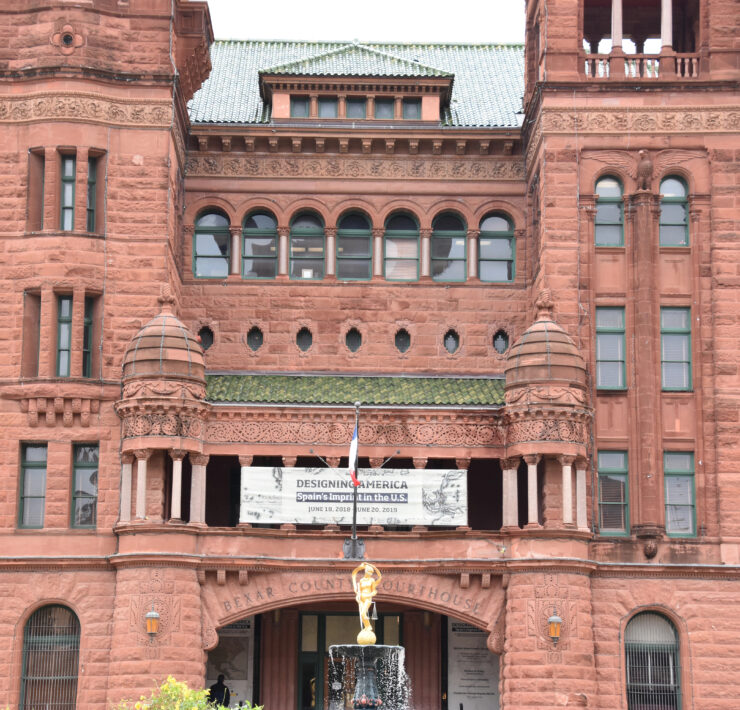Gods of the Garden: LGBTQ Plant Culture
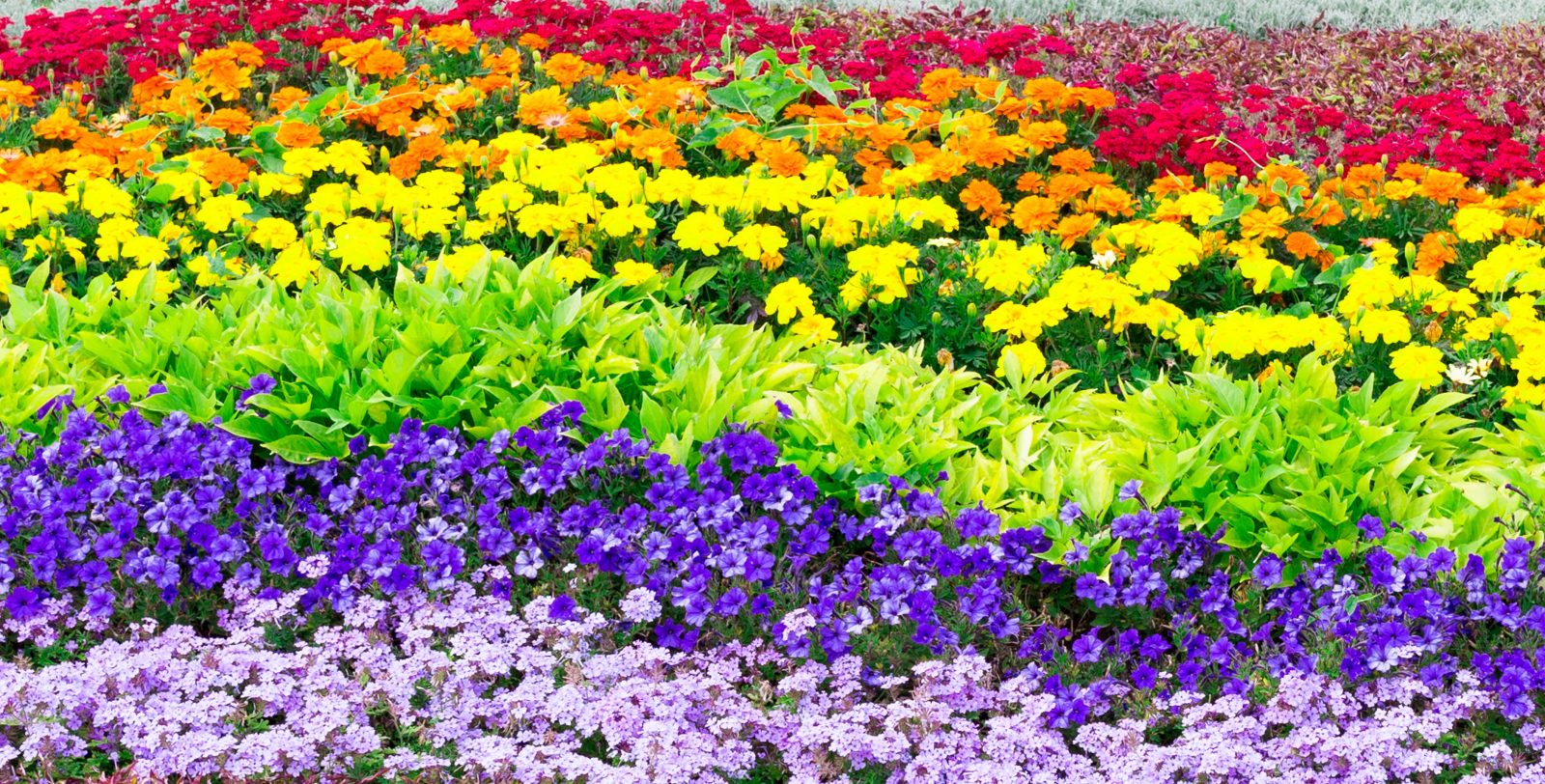
Mike is a freelance writer, environmental engineer, and public speaker…
“Queerdos” is one of my favorite OFM issues each year. Although the title changes a bit, the theme follows a similar trend. It’s an opportunity for us to geek out about the topics that capture our interests, and in some cases, can be a focal point of a subculture within our community.
As I’m deciding what to write about this year, I glance around my space and find it quickly between a few dashes of green. Today I’m visiting a coffee shop in Colorado Springs. Foliage of various forms adorns the walls; the matcha latte in front of me sports a multi-leaf pattern on its surface.
Though I consider my green thumb an ongoing work in progress, I have a lifelong affinity for plants. I’m intrigued by the visual sophistication they add to a space, the positive energy they contribute to their surroundings, and their ever-changing forms, living life alongside me in our symbiotic relationship.
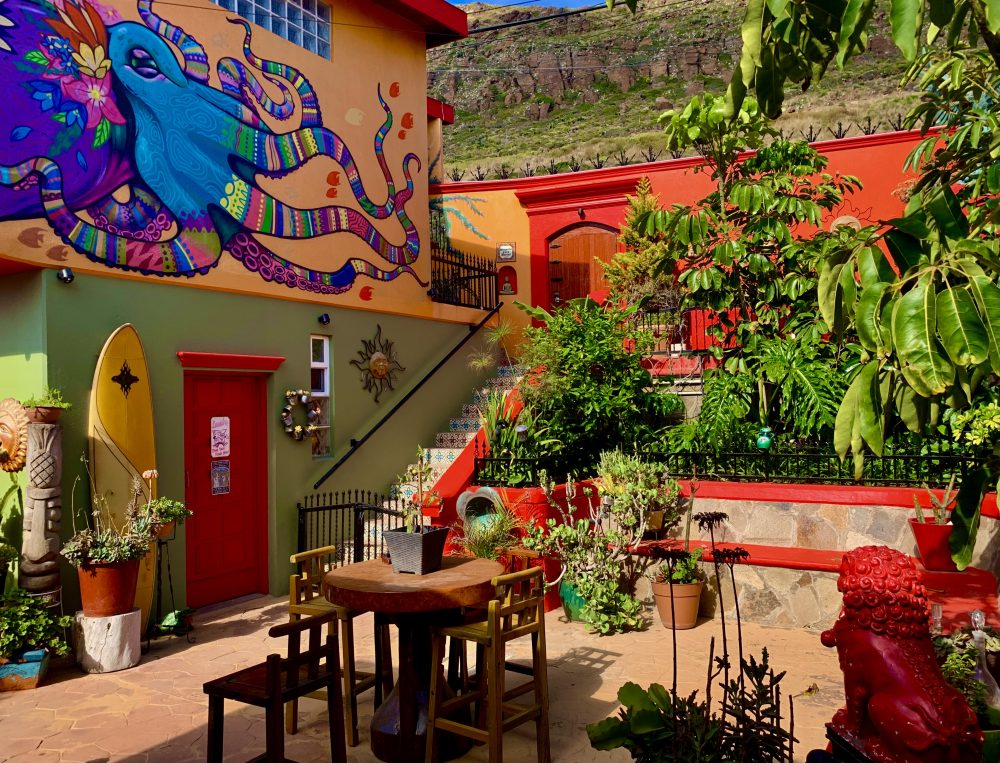
Within the queer community, a seemingly greater-than-average number of people share this passion. Plant-focused LGBTQ social media groups, both global and local to places like Colorado, highlight a unique style of communication centered around the care and appreciation of flora.
Conversations are in full bloom this season as group members trade advice on climate zones, soil mixtures, and troubleshooting common plant ailments. The camaraderie provides inspiration and encouragement to those who may spend Saturdays digging gloved hands into the earth.
A scroll along these social walls showcases cultivation efforts in an array of styles, where everyone from novice gardeners to Plant Kingdom royalty is welcomed. Among these displays, a single, potted Golden Pothos is backdropped by a spectrum-painted living space; a woodland garden exhibits an untamed correlation between agriculture and nature; and a fully constructed greenhouse stands ready to offer year-round gardening in Europe.
Some members express more sensual scenes, embracing eroticism in the effervescent ways that our community often excels. Shirtless silhouettes stand beside sprawling sansevierias and magnificent monsteras, while couples tease romance beneath the wavy leaves of philodendra and caladiums.
The relationship between humans and plants has been a vital part of our civilization since ancient times. Today, it is studied within a field known as Ethnobotany. “Plants have been used by people for thousands of years for food, medicine, shelter, clothing, tools, rituals, and spiritual purposes,” says Jake Fuqua (pronounced “foo-kay”), who is currently pursuing their Master of Science in this intriguing subject here in Denver.
They share with me that ethnobotanists “Seek to understand the intricate connections between people and plants, including the cultural, ecological, and economic aspects of these relationships. From shamanic rituals using plant-based psychedelics (such as ayahuasca or peyote), to sustainable harvesting practices, to simply owning and caring for houseplants, there are so many ways that people find to connect to plants. Ethnobotany is simply a lens through which we can decipher the complexities of these relationships we have with our green cousins.”
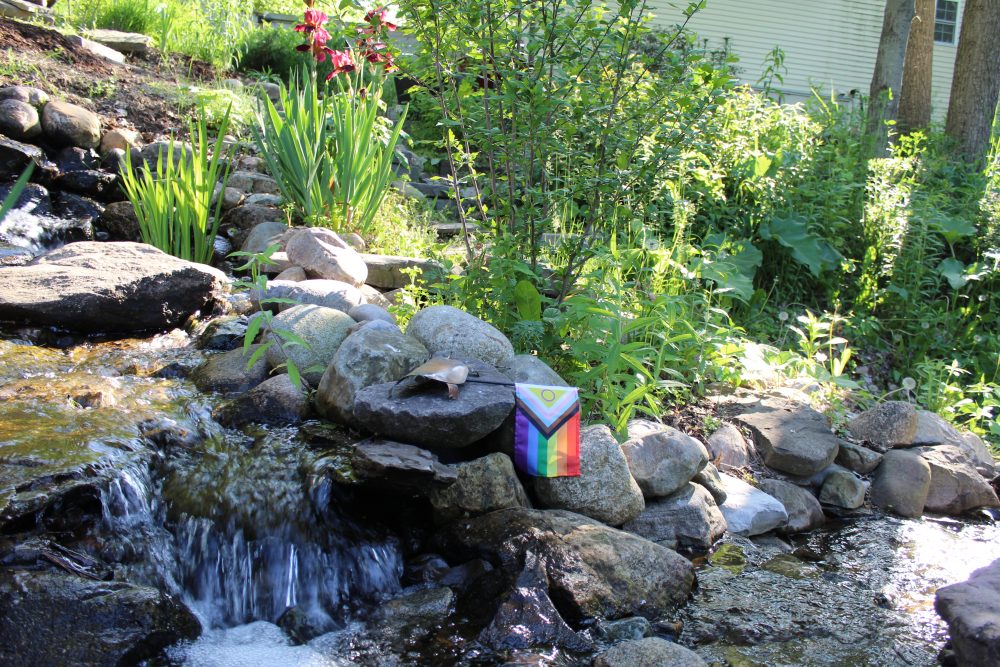
Further charting this union, some experience a nurturing connection with our floral companions. In the absence of human offspring, both biologically and by choice, I, for one, bond with my plants with a synergetic pride in their prosperity. Fostering life outside of traditional means, a concept that many in the queer community may contemplate, feels both liberating and meaningful to me as I establish my own unique path.
Fuqua expands upon these ideas from a scientific point of view. “I think part of my fascination with plants began when I learned about their reproduction. It’s much too complex to describe here, but it is so far removed from animal (and therefore human) reproduction that it hit me as inherently queer.
“While in botanical vocabulary, there are two ‘sexes,’ it’s often much more complex than that. Both ‘male’ and ‘female’ reproductive parts can be found on the same plant and often the same flower,” they continue.
“Some plants might be capable of flowering to sexually reproduce, but they find it’s more energy-efficient to clone themselves via self-propagation. Some plants might be ‘female’ from seed but environmental stress or cues from nearby plants might lead that plant to become ‘male’ or hermaphroditic in order to reproduce. I think my love of plants and biology has helped me incredibly to reassure myself in my queer identity.”
During an era where green space often takes a backseat to development, the introduction of plants to our concrete, brick, and wood spaces transpires a fusion between human and ecological worlds. Whether for growing our own organic food, improving indoor air quality, or simply finding ways to remind ourselves of our continuing presence in nature, many recognize the vital benefits of embracing this integration.
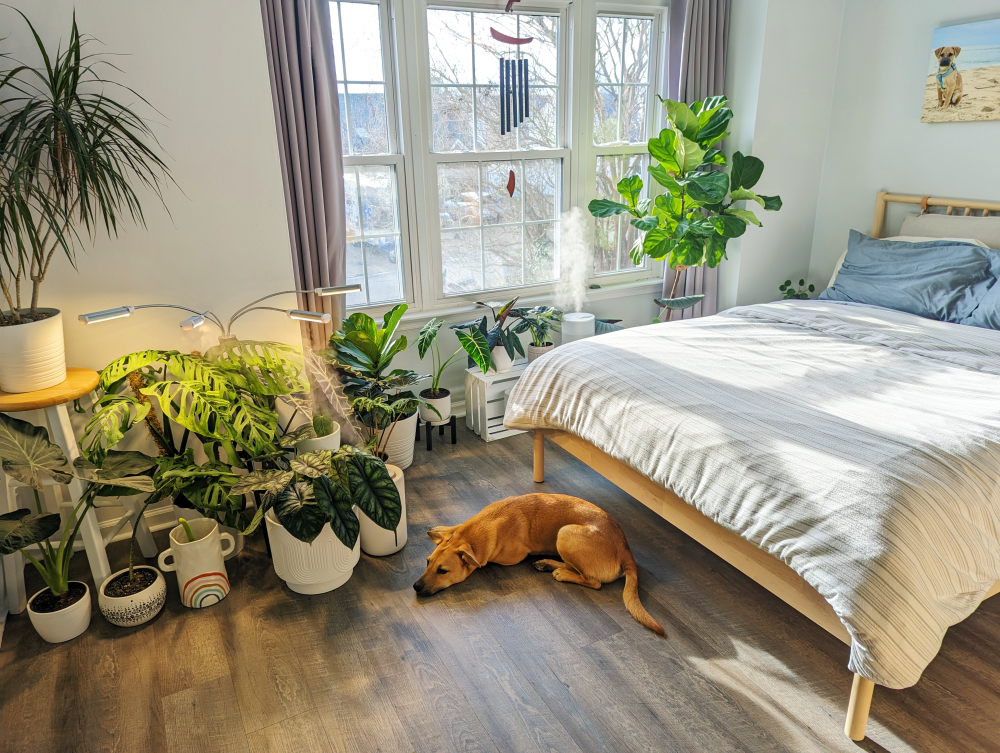
“We often forget the need for greenery in our lives,” writes Australian author Jason Chongue in his book Plant Society. “I consider (plants) a relationship between what we create and where we come from, a connection with the earth.” Chongue and his partner formed a social group of the same title in 2016. Its purpose: bridging connections among plant enthusiasts and passing on the knowledge of plant care to new generations.
Whether we’re part of this new generation or are longtime enthusiasts, we, too, can welcome the inclusion of plants into our indoor and outdoor settings as we look ahead to a future that will value environmental harmony, sustainable farming, and biodiversity. Whether plant care may represent daily practices that provide balance, expressions of our identity, beneficial additions to our living spaces, or philosophical reflections of our shared time on this planet, each new sprout of these multifaceted organisms can infuse wonder into our surroundings and our lives.
“To plant a garden is to believe in tomorrow.” – Audrey Hepburn
What's Your Reaction?
Mike is a freelance writer, environmental engineer, and public speaker in Denver. He seeks to bring people together through inspiring topics, humor, and exploring the possibilities of existence.








